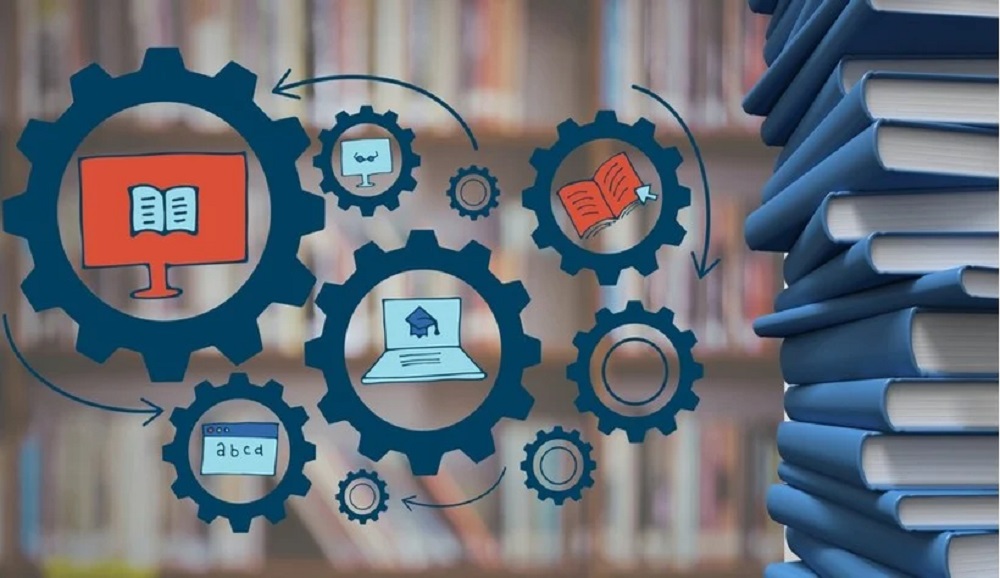It has been more than a year that the pandemic changed our lives in a way none of us could have ever imagined. From changing the way we step out of our house to the way we work, our lives have taken a complete turn in the face of the new normal. And undoubtedly, the ones who have seen the most drastic changes in their young lives are the students, with a regular school day being made into online classes and virtual assignments.
In fact, ever since the pandemic started looming large over our lives, students have been experiencing an uncharted territory when it comes to their education: transitioning from in-person classroom and campus experiences to completely virtual ones. Students of all grades and institutions have turned to online classes to keep the pace of learning unaltered amidst the situation.
Moreover, with the students getting more time on their hands through the virtual classes, there has been a boom in the additional online courses related to subjects as diverse as math and science to cooking and dancing. While the pandemic has surely changed the face of education for today and in the days to come, is this change all good, or do we have reasons to worry? We, at Excelsior American School, regarded as the Best IB School in Gurgaon, have brought to you today the answers to this pertinent question.
The pros and cons of the new normal in the education landscape
The new normal in education has both pros and cons for the teachers as well as the students, and given below is a brief account of that.
Pro 1. Comfort and convenience that comes with online education
One of the biggest benefits of online education is the convenience that comes with it, which lets the students to log in from the comfort of their home. The widespread availability of Wi-Fi connections lets the students log in from all the places in the world.
A recent article in the New York Times had the high school students praising online learning due to it offering more time on subjects that require greater effort and study. With students increasingly accessing high-speed internet everywhere and anywhere, gaining access to their education and classes is not an issue anymore. And it is not only for the students but also for the teachers who can gain access to the classes from their home at any time of the day. This means that the process of learning never has to stop.
Pro 2. The availability and affordability associated with the scenario
Online courses bring boundless opportunities to the students. If we look beyond the thresholds of schools, an added boon of virtual learning is the flexibility of remote studying – an opportunity that makes many students uniquely prepared for a professional marketplace where remote options are common. At the end of the day, remote options are getting more and more common in modern workplaces in the wake of the pandemic.
The degree programs and college courses can be found in a myriad of top-notch sites. For instance, edX, which is a trusted platform from MIT and Harvard, with over 2,500 online courses offered from 140 institutions. And in terms of affordability, there is no denying that with the option to attend college from the living room, many students are saving on commuting and housing costs as well.
Besides, there is also the added prospect of enriching students’ learning through additional courses on coding, STEM learning, and more.
Con 1. Technology and time management are major issues
The biggest issue in the case of virtual learning is related to technology and time management. For the ones prone to prolonged bouts of procrastination, online learning can be difficult to coordinate, and finding motivation can prove to be a struggle.
The fact remains that the success of online classes is heavily dependent on a student’s ability to complete self-directed work. Thus, students who do better under direction and routine will find online learning lacking on those grounds.
There is also a section of school students, mainly in the semi-urban and rural areas, who have the dedication and motivation to adapt to online learning, but they still struggle due to access.
Con 2. Social integration and stigma regarding a conventional experience
Online learning might lose its appeal for students who have the hearts set on a conventional experience. Besides, a section of pupils might feel isolated minus the on-campus interaction with other students, educators, and clubs. And we cannot deny that there are studies saying “social isolation is one of the main reasons for students to withdraw from their studies.”
The reduced levels of social interaction tend to weaken the learning experience for many students, who end up developing a stigma regarding online learning in their minds. Of course, this stigma of online education not being on par with traditional education is not as strong now than it was even three years back. In fact, research suggests that a huge majority of students believe that credentials earned online are of generally equal quality to those completed in-person.
At Excelsior American School, one of the best IB schools in Gurgaon, we firmly believe that in the light of the current situation, there is no denying that this revamped face of learning is what we need to embrace openly. And the key to attaining success in this regard is to ensure that the cons are kept at bay while the pros are enhanced manifold. At Excelsior American School, we have been particularly cautious about this from day one of our virtual classes. We have always aimed at keeping the children motivated and dedicated towards their work, regardless of the actual physical distance between us. From keeping learning as fun as always to never losing sight of our view to ensure holistic development in kids, we remain as committed to the coming generations of the nation as ever.


